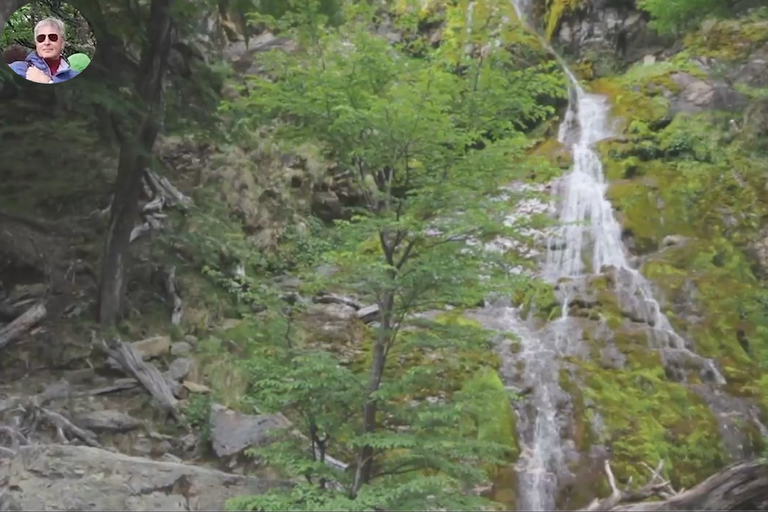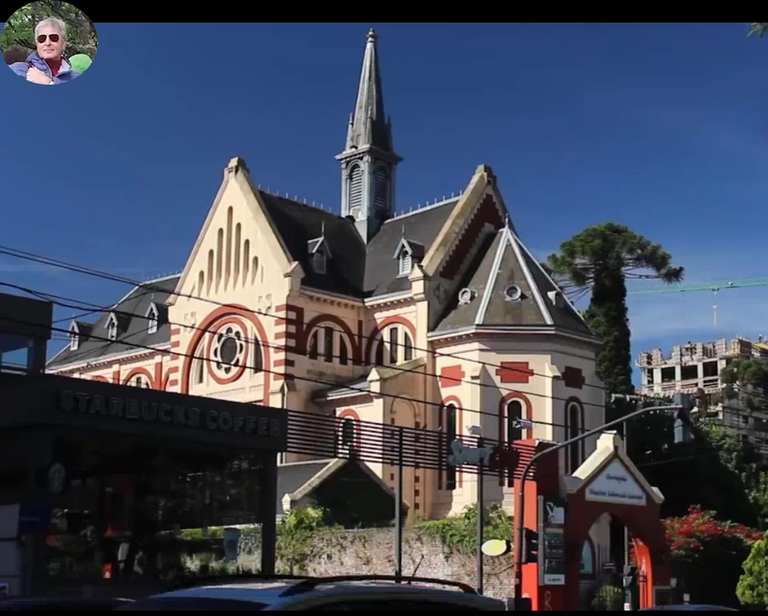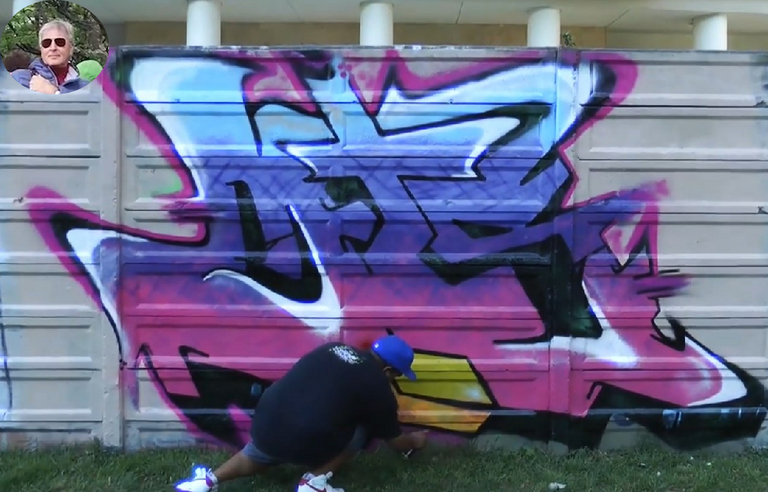
The erosion of time over millions of years has produced the characteristic form of papalela-like cuts in layers similar to folding.
The best known landscape of the Quebrada de Humahuaca is, without a doubt, the Cerro de los 7 Colores, recognized by Unesco as a Cultural Heritage of Humanity.
If the Cerro de los 7 Colores is dazzling, the Sierras del Horconal are dazzling.

La erosión del tiempo a lo largo de millones de años ha producido la forma característica de cortes parecidos a papalela en capas similares al plegado.
El paisaje más conocido de la Quebrada de Humahuaca es, sin duda, el Cerro de los 7 Colores, reconocido por la Unesco como Patrimonio Cultural de la Humanidad.
Si el Cerro de los 7 Colores deslumbra, las Sierras del Horconal deslumbran.

Located 25 kilometers from Humahuaca and more than 4,700 meters above sea level, the Serranía del Hornocal is one of the most impressive landscapes in Jujuy.
The Serranias del Hornocal are a dazzling spectacle of shapes and colors.
Less known to the public and tourism in general, but not for that reason less captivating.
The main difference between both hills is the shades.

Ubicadas a 25 kilómetros de Humahuaca y a más de 4.700 metros sobre el nivel del mar, la Serranía del Hornocal es uno de los paisajes más impresionantes de Jujuy.
Las Serranías del Hornocal son un espectáculo deslumbrante de formas y colores.
Menos conocido por el público y el turismo en general, pero no por eso menos cautivador.
La principal diferencia entre ambas colinas son las sombras.

The Sierras del Horconal concentrate twice as many shades, ranging from ocher to yellow to green and white.
After sunset the mountains show a supernatural aspect.
The best time to contemplate it is at sunset, just before the sun goes down.
The aridity of the terrain, with some cardons and llamas as a panorama, is gradually transforming until it comes to visualize the mountains in all their splendor.
The characteristic cuts of the saws in the form of folds seen up close.

Las Sierras del Horconal concentran el doble de tonalidades, que van del ocre al amarillo, pasando por el verde y el blanco.
Después de la puesta del sol, las montañas muestran un aspecto sobrenatural.
El mejor momento para contemplarlo es al atardecer, justo antes de que se ponga el sol.
La aridez del terreno, con algunos cardones y llamas como panorama, se va transformando paulatinamente hasta llegar a visualizar las montañas en todo su esplendor.
Los cortes característicos de las sierras en forma de pliegues vistos de cerca.

The best way to observe this spectacular natural beauty of 4,300 meters high is the viewpoint located in front of the hill.
Reaching it takes just over half an hour on a gravel road, winding and very quiet. With very little vehicle traffic that increases the majesty of the place.
33 shades of colors that are formed in the limestone that goes from ocher, to green, yellow, until reaching white.
The sun begins to drop behind the mountains are seen up close.

La mejor forma de observar esta espectacular belleza natural de 4.300 metros de altura es el mirador ubicado frente al cerro.
Llegar hasta él lleva algo más de media hora por un camino de ripio, sinuoso y muy silencioso. Con muy poco tráfico vehicular que aumenta la majestuosidad del lugar.
33 tonalidades de colores que se forman en la piedra caliza que va del ocre, al verde, amarillo, hasta llegar al blanco.
El sol comienza a caer detrás de las montañas que se ven de cerca.


How to get.
You start from the city of Humahuaca and you must cross the Rio Grande by the bridge near the bus terminal.
From there, take Provincial Route 73 to Santa Ana.
The first part of the route entering the mountains shows the aridity of the terrain.
25 kms later you start to see the Serranía del Horconal.
The land is all gravel so it is advisable to walk slowly and cautiously.
Another aspect to keep in mind is that the ascent is constant and reaches 4,200 meters in height.
The work of nature in all its splendor.
If you do trekking or a part of the route on foot, it is advisable to make intermediate stops so that the body becomes acclimatized and in this way avoid the dizziness or signs, characteristic of the area.
There is a sector of the population especially representing the economic activities that have been pressing for a long time for the road to be paved.


Cómo llegar.
Se parte de la ciudad de Humahuaca y se debe cruzar el Río Grande por el puente cerca de la terminal de buses.
Desde allí, tome la Ruta Provincial 73 hacia Santa Ana.
La primera parte del recorrido entrando en la montaña muestra la aridez del terreno.
25 kms después se empieza a ver la Serranía del Horconal.
El terreno es todo ripio por lo que es recomendable caminar despacio y con precaución.
Otro aspecto a tener en cuenta es que el ascenso es constante y alcanza los 4.200 metros de altura.
El trabajo de la naturaleza en todo su esplendor.
Si realiza trekking o una parte del recorrido a pie, es recomendable realizar paradas intermedias para que el cuerpo se aclimate y de esta forma evitar los mareos o señales, característicos de la zona.
Hay un sector de la población especialmente representativo de las actividades económicas que llevan tiempo presionando para que se pavimente la vía.


Sunset in the sierras.
And in this way, promoting tourism that until now is limited, for the most part, to the Cerro de los Siete Colores, the Pucará, Las Paletas del Pintor, the Colorado and the entire surrounding area.
Until now, conservationists and environmental defenders have managed to keep nature intact as it has been for millions of years.
The wonderful aspect of erosion.


Atardecer en las sierras.
Y de esta forma, potenciar el turismo que hasta ahora se limita, en su mayor parte, al Cerro de los Siete Colores, el Pucará, Las Paletas del Pintor, el Colorado y toda la zona circundante.
Hasta ahora, conservacionistas y defensores del medio ambiente han logrado mantener intacta la naturaleza como lo ha estado durante millones de años.
El maravilloso aspecto de la erosión.

 |  |  |
|---|
Keep up the excellent work and feel free to use #blurtravel tag as one of your first five tags to let us know about your travel story.
You might want to check out the Introduction post of BlurtTravel where you'll find some rules/guidelines to follow for future curation.
Thank you.
Thanks for curating my content @ashikstd by @blurtravel.